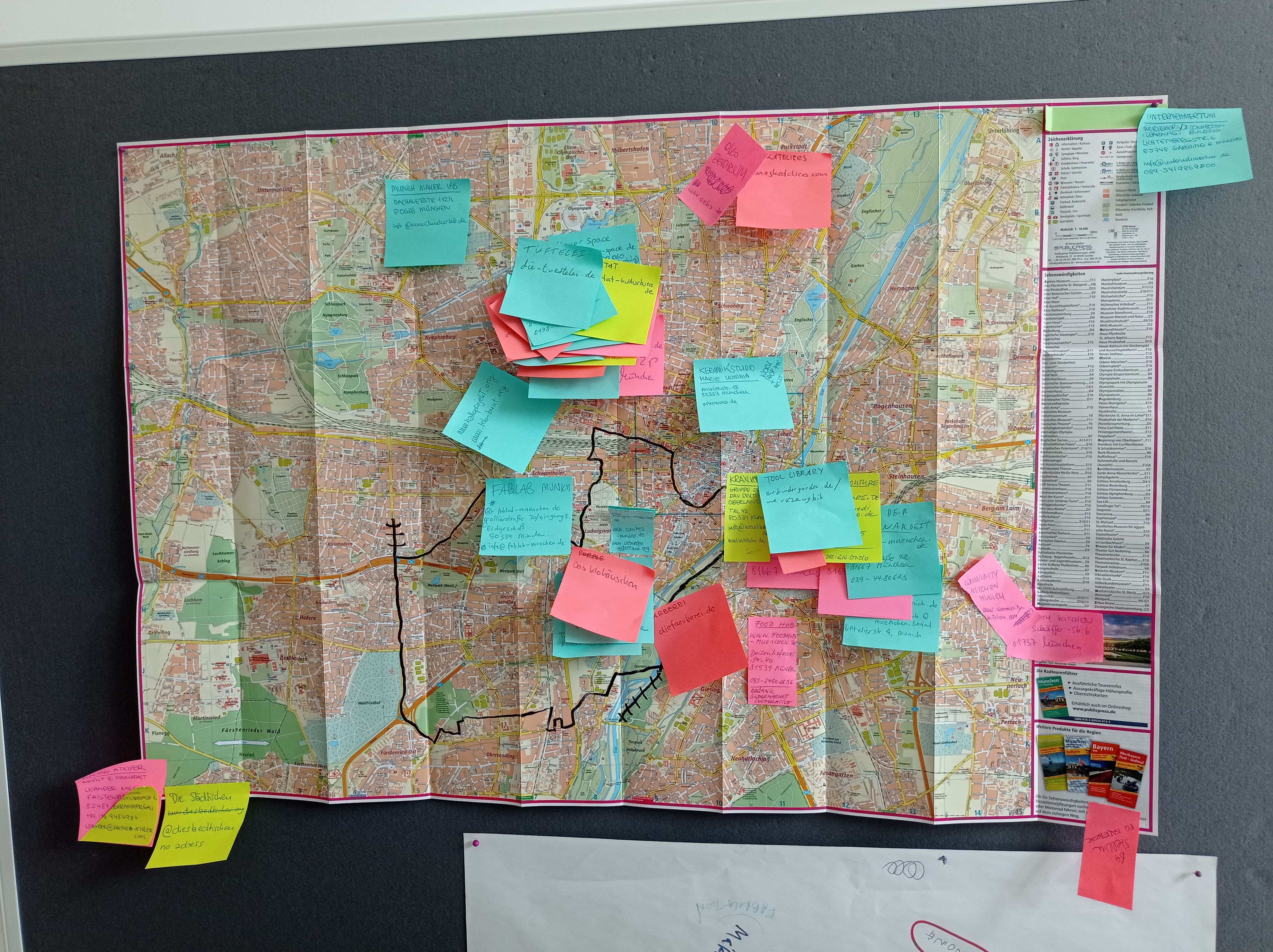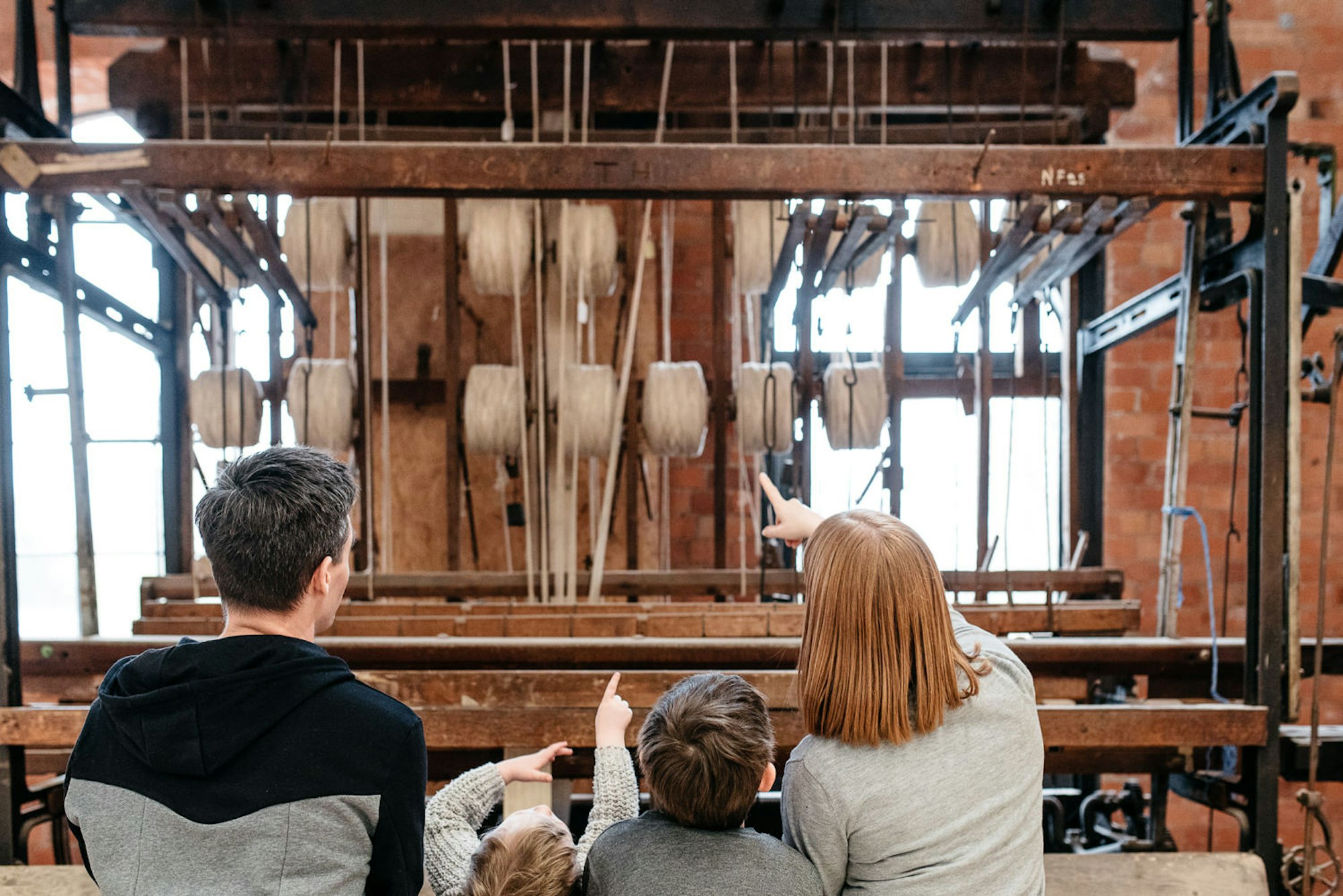Manufacturing in the UAE: When everything you could imagine is readily available - how do designers, design?

Welcome to Dubai, where the malls are 13 million square foot, and towering Aquarium glass walls, glinting white sports cars, Shake Shack and Armani sit side by side. This is a land of transient wealth, historically a trade route across the world which embraces commerce.
I have just returned from a workshop in this fascinating, complex construction of a desert city, working with designers from across the region. The programme is run by Tashkeel, an arts organisation situated just outside of Dubai, in partnership with Glasgow-based Small is Beautiful. Over nine months, four designers are supported and mentored from the likes of Studio Glithero and Roanne Dods, as they produce collections for Design Days Dubai. I was there with Helen Voce to facilitate the first ‘Lab’ of the programme.

I’ve heard it said that a country’s culture, can be better understood by what that country makes.
Yet Dubai is a city of imports. The glass of the city’s landmark, Burj Khalifa for example, was primarily made in Germany and shipped in for construction. The majority of electronic consumer products lining the malls almost all come in on tiny wooden boats in the marina - and raw materials have always been brought in from the likes of India and China.

In a way, people are incomers here too.
Only 20% of the country are native Emirati, which means that the majority of people living in the UAE are ex-pats who have ended up here as a result of work, business or nearby war. The fact that ex-pats cannot receive permanent residence only contributes to the transient feeling of the place.
The challenge presented to these UAE designers, was 'What does design from the region look like?’ 'What is the UAE aesthetic?' The group had quickly realised that they wanted to move UAE design away from what they phrased as an "identity crisis” - expressing a desire to present designers from the UAE to an international audience, without a gimmicky impression involving Arabian nights.
As part of that conversation, I was brought in to support discussion on finding, and working with smaller scale, local manufacturers to produce pieces.
Manufacturing in the UAE
It was instantly clear that designers in Dubai face the same challenges around local manufacturing as they would in Scotland. Poor, or even no websites combined with a feeling that local manufacturers can be intimidating, difficult and unreliable.


The designers told fear stories about larger manufacturers cancelling at the last minute, or refusing to do small production runs. The designers also highlighted their pain of how much time it takes to find factories - referring to it as finding the right person at the “11th manufacturer”.

We discussed ways to get around language barriers (most manufacturers in UAE are Indian or Pakistani, with no English), and how best to communicate with models, samples and drawings. Common questions were about "How to I encourage a traditional craftsperson to experiment with a process?", and project management of how to get there in time for the exhibition in March.
But despite these challenges, we learnt that collaborating with small scale manufacturers in UAE can work.
We met Talin Hazbar, a participant in the programme last year who worked with a nearby marble and stone fabricator. She acknowledged that it can take a long time, that there would be some dead ends to start with, and that cancellations were likely if the manufacturer was busy with larger projects. What she highlighted though, was that once you find the right person, it really works.
She recommended that speaking to manufacturers early on in the process would help inform the material choices, and that communication with manufacturers is key. She said that by keeping in mind that there was an element of risk for the manufacturer in her project last year, she was more able to discuss the context and direction of the project with them, which implemented a feeling of shared ownership. Her fabricators were there at Design Days for the opening.

In sharing experiences from Scotland, we all realised that many of the problems, and some of the solutions for finding and working with small scale manufacturers are the same. Part of that solution, is for designers to create curated lists of manufacturers, that will work with artists and designers.

I encouraged the group to get a shared spreadsheet together where they could add information about companies they were researching that could then be used as an open resource for the rest of the Tashkeel community. Useful information such as who does what, who gives a fair price, who is happy to work on bespoke pieces are questions that exist in the minds of many designers that have been through the process - and sharing that will save others time, and is key if small scale, bespoke manufacturing is to truly work.
For anyone headed to UAE, who wants to produce work locally while they are there, do not hesitate to get in touch. Tashkeel themselves have a brilliant selection of workshops, digital fabrication tools and workshop space for artists on site. They also run artist residencies.

You can read more about the Tashkeel design programme here.
You can read more about Small is Beautiful
You can read an interview with Talid about her project here.
If you would like to learn more about local manufacturing in other countries read Fi's articles about her time in South Africa
Categories
Article
Related stories
Why Make Work Locally
Alan Moore and Ten30 Fashion
Tips for Manufacturing in Scotland
A Life in Lace
In the Belly of the Beast: my one year manufacturing for Coca Cola



